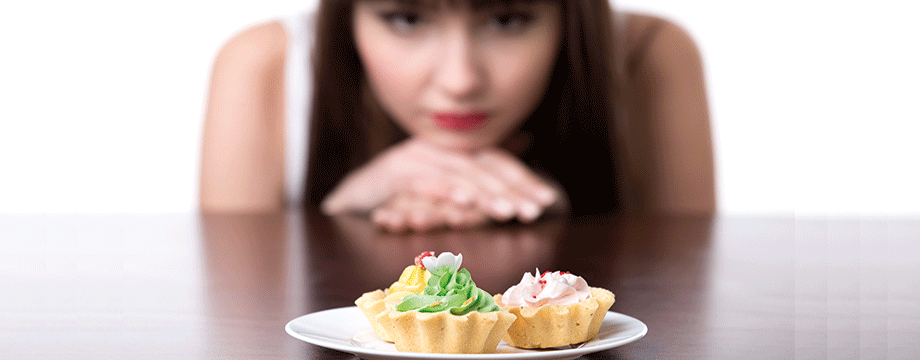Sweet enough

A diabetes diagnosis may be challenging, but in many cases it can be managed effectively using diet and natural supplements
Explain diabetes to me
In The Everything You Need to Know About Diabetes Cookbook, author Dr Karin M Hehenberger explains: “Type 1 requires treatment with insulin for survival. It is generally diagnosed in children, adolescents and young adults. Symptoms in children are increased fatigue, frequent urination, excessive thirst and weight loss – if you notice these symptoms go to the doctor immediately. Insulin-dependent people need to test blood sugar before dosing insulin, whether you use a pump, pen or syringe. Type 2 diabetes mainly affects those who are overweight, eat poorly and are not sufficiently active. It tends to affect people later in life, middle age or older.”
“There are two types of diabetes – type 1 is a lifelong autoimmune condition which can be helped, and type 2 is the one hitting headlines recently as it is so widespread and predicted to become even more common, mainly due to unhealthy diets,” says Jill Bell of Well and Good, Midleton, Co Cork. “The good news is that with determination and a little knowledge it is often possible to reverse a type 2 diagnosis, particularly if caught early on.”
What happens to the body?
“If a person eats too much rapidly-absorbed sugar, insulin levels are stretched and can’t cope,” says Jill Bell. “This can eventually lead to serious knock-on effects including raised blood pressure and circulatory problems, sight issues, nerve damage, foot problems and more.”
“People with type 1 and 2 are unable to control glucose levels in their blood due to an inability to manufacture a sufficient amount of insulin,” says Dr Karin M Hehenberger. “The dangerously elevated amount of sugar in their bloodstream can adversely affect organs, vessels and tissues. In adults the symptoms of type 2 are more subtle and can go unnoticed. It’s a good idea to have annual physical exams and your blood pressure taken frequently. You can manage diabetes and live a long and healthy life. You may have to take insulin, count carbohydrates, or prick your fingers for blood glucose levels. Take the advice and help of your diabetes team.”
How can I help myself?
“Cutting out sugar-laden foods is a first step,” says Jill Bell. “Watch out for sugar in processed foods, often disguised as words ending in -ose, -ase etc. Fizzy drinks are out, even sugar-free ones. Fruit juices are very high in naturally-occurring sugars (eat the apple or orange, don’t squeeze it as sugars from whole fruit are more slowly metabolised). Be wary of carb-rich grains, flakes and flours as their sugar content makes demands on insulin, and always choose wholegrain brown types. Treat doorstep fresh white sandwiches as a forbidden sin or a very occasional treat. On the plus side following a low carb sugar-free diet usually results in a trimmer figure.”
What natural support is out there?
“The mineral chromium is very useful in supporting insulin activity,” says Jill Bell. “It’s tricky to find in foods, and by far the best source is broccoli. Ceylon cinnamon is similarly effective, whether ground and used as a spice, drunk as a tea, taken as a capsule on its own or preferably combined with chromium.”
“Chromium is an essential trace element or micronutrient needed by the human body for health in very small quantities,” says Jürgen Denzinger of Remedies Health Store in Dungarvan, Co Waterford. “There is accumulating evidence linking low levels of chromium with heart disease and diabetes. Chromium has a role to play in blood sugar maintenance and in pancreatic health. Chromium can help relieve sugar cravings and therefore is used in weight-loss products.”
Other supplements that may help people with diabetes include magnesium and antioxidant alpha-lipoic acid or thioctic acid (ALA).
Expert tips from Dr Karin M Hehenberger
- Prevent dramatic lows in insulin levels by carrying snacks with you – have a small snack before going to sleep such as piece of fruit or a few crackers. Eat on a regular schedule – three meals and two snacks per day.
- Signs of low blood sugar are headaches, shakiness, cold sweat and blurred vision, irritability and slurred speech. Make sure friends and family know the symptoms.
- It’s important to maintain a consistent weight and eat balanced meals with the right ratio of carbohydrates, fats and proteins and some sort of regular exercise.
- Diet and exercise can actually reverse type 2 diabetes in its early stages and prevent prediabetes from ever becoming diabetes. Plan an exercise program with your health provider.
The Everything You Need to know about Diabetes Cookbook by Dr Karin M Hehenberger, published by CICO Books
More Rude Health articles...
Articles from our latest issue...